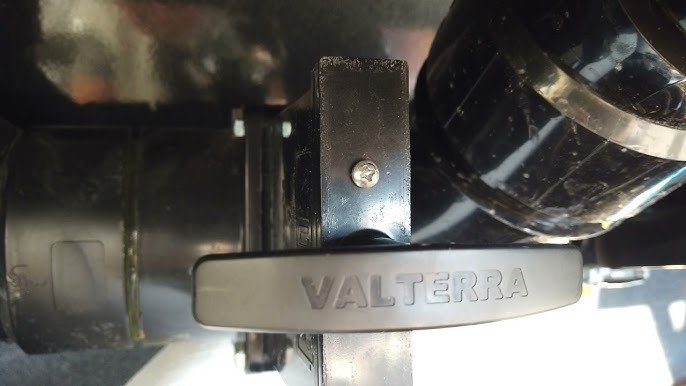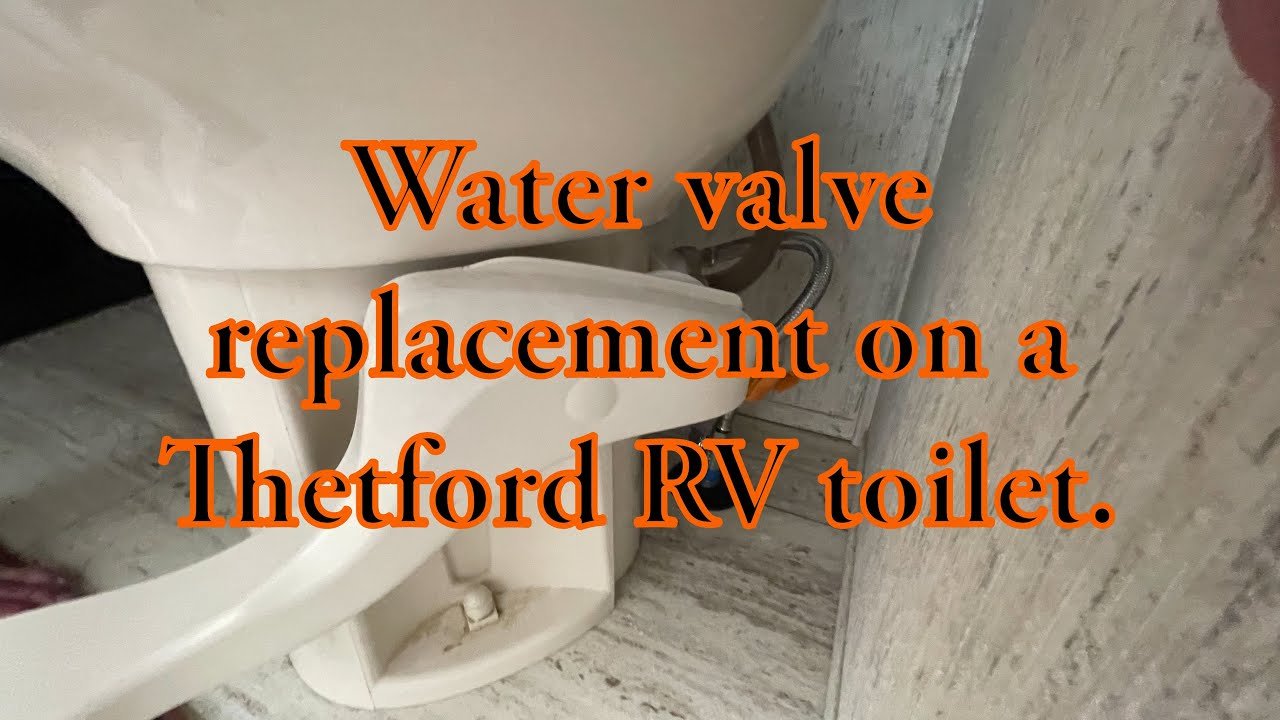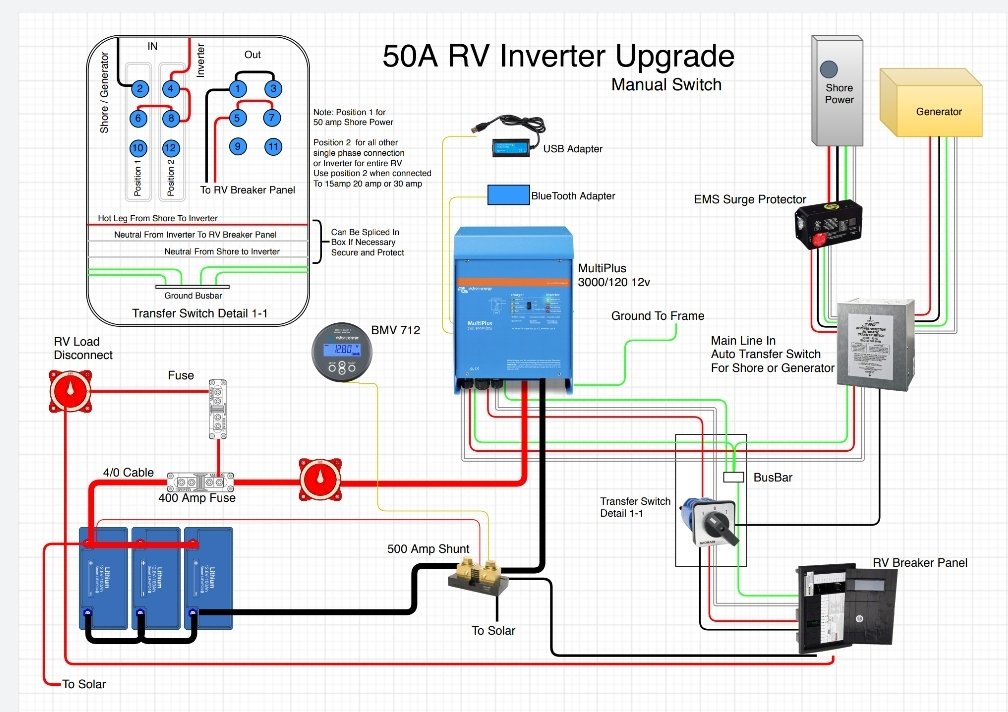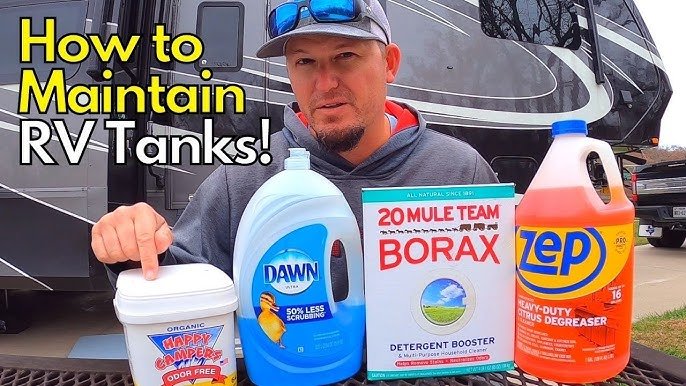Dealing with an RV gray water valve that’s hard to open can be frustrating. It can disrupt your travel plans and create unnecessary stress.
An RV’s gray water valve is essential for maintaining your vehicle’s plumbing system. When it becomes difficult to open, it can lead to a build-up of wastewater. This can cause unpleasant odors and potential plumbing issues. Regular maintenance is key to keeping the valve in good working order.
In this blog post, we’ll explore common reasons why your RV gray water valve might be hard to open. We will also provide practical solutions to make your RV trips smoother and more enjoyable.

Credit: thecampingnerd.com
Common Causes
Understanding the common causes of a RV gray water valve being hard to open can help you address the issue quickly. Two major factors contribute to this problem: the build-up of debris and valve corrosion. Let’s explore each cause in detail.
Build-up Of Debris
One frequent cause of a hard-to-open gray water valve is the build-up of debris. Debris can accumulate inside the valve, making it difficult to turn. This debris can include:
- Food particles
- Hair
- Soap scum
Over time, these materials can clog the valve, leading to restricted movement. Regular cleaning helps prevent this build-up. Use a hose to flush out any debris from the valve. This simple step can keep your valve functioning smoothly.
Valve Corrosion
Valve corrosion is another common cause of a stiff gray water valve. Corrosion occurs when the valve is exposed to water and air over time. This exposure leads to rust formation on metal parts.
Corroded valves are hard to turn and may eventually fail. To prevent corrosion, consider these tips:
- Inspect the valve regularly for signs of rust.
- Apply a lubricant to the valve components.
- Replace corroded parts promptly.
Using these preventive measures can extend the life of your valve and ensure it operates smoothly.
Tools Needed
When your RV gray water valve is hard to open, having the right tools can make the job easier. This section will outline the basic and specialized tools needed to address this issue efficiently.
Basic Tools
You’ll need a few basic tools to start. These items are usually found in any toolkit.
- Wrench: Useful for loosening and tightening bolts around the valve.
- Screwdriver: Needed to remove screws holding the valve in place.
- Pliers: Handy for gripping and turning the valve or other parts.
- Lubricant: Helps to ease the stiffness of the valve.
Make sure to have these tools ready before starting. They will save you time and effort.
Specialized Tools
For more stubborn valves, specialized tools may be required. These tools are designed for tougher jobs.
- Valve Wrench: Specifically made for RV valves. It provides better grip and leverage.
- Pipe Wrench: Useful for larger pipes and fittings around the valve.
- Heat Gun: Can be used to gently heat and loosen stuck parts.
- Rubber Mallet: Helps to tap and nudge the valve without causing damage.
These specialized tools can make a significant difference. They are worth investing in for tougher issues.
| Tool | Purpose |
|---|---|
| Wrench | Loosens and tightens bolts |
| Screwdriver | Removes screws |
| Pliers | Grips and turns parts |
| Lubricant | Eases stiffness |
| Valve Wrench | Provides better grip |
| Pipe Wrench | For larger pipes |
| Heat Gun | Loosens stuck parts |
| Rubber Mallet | Gently taps and nudges |
Cleaning The Valve
Cleaning the RV gray water valve is essential for its proper function. A dirty valve can become hard to open, causing frustration. This section will guide you through cleaning the valve to keep it working smoothly.
Removing Debris
First, remove any visible debris around the valve. Use a pair of gloves to protect your hands. Gently pull out leaves, twigs, and other obstructions. This step helps the valve open and close easily.
Using Cleaning Solutions
Next, use a cleaning solution to break down grime. A mixture of water and mild soap works well. Apply the solution to the valve using a soft brush or cloth. Scrub gently to avoid damage. Rinse with clean water to remove any soap residue.
For tougher grime, consider using a specialized RV cleaner. Follow the instructions on the product label for best results. This will ensure thorough cleaning without harming the valve.
Lubricating The Valve
Lubricating the Valve is crucial to ensure your RV’s gray water system functions smoothly. A stiff or hard-to-open valve can cause inconvenience and potential damage. Regular lubrication keeps the valve operating efficiently, making your travels more enjoyable. Let’s explore the types of lubricants and how to apply them.
Types Of Lubricants
Different lubricants can be used for your RV gray water valve. Selecting the right one is essential.
- Silicone-based Lubricants: Safe for rubber and plastic parts. They offer long-lasting lubrication.
- Graphite Lubricants: Excellent for high-friction areas. They are ideal for metal components.
- Petroleum Jelly: Common and inexpensive. It provides a quick fix but may not last as long.
- Dry Lubricants: They leave no residue, which is good for avoiding dirt and grime buildup.
Application Methods
The way you apply lubricant can impact its effectiveness. Here are some methods:
- Spray Application: Hold the spray can about 6 inches from the valve. Apply a light coat evenly. This method is quick and covers large areas.
- Brush Application: Use a small brush to apply lubricant directly to the valve. This ensures precise application and is great for hard-to-reach areas.
- Manual Application: Apply petroleum jelly or silicone grease using your fingers. Wear gloves to keep your hands clean.
- Injection Method: Some lubricants come with a needle applicator. Insert the needle into the valve’s moving parts to inject the lubricant.
Regular maintenance of your RV gray water valve is essential. Choose the right lubricant and apply it correctly to avoid any trouble on your trips.
Replacing The Valve
Dealing with an RV gray water valve that’s hard to open can be frustrating. Replacing the valve can make your RV life much easier. A new valve ensures smooth operation and prevents leaks. Here’s how you can choose the right valve and install it yourself.
Choosing A New Valve
First, identify the type of valve your RV uses. Check the size and connection type. Common sizes are 1.5-inch and 3-inch valves. Measure accurately to ensure a proper fit. Look for durable materials like stainless steel or high-quality plastic. These materials last longer and resist wear. Read reviews to find reliable brands. Your new valve should be easy to operate and maintain.
Installation Steps
Before starting, gather all necessary tools. You will need a wrench, screwdriver, and sealant. Make sure your RV is on a level surface. Drain the gray water tank completely. Wear gloves and eye protection for safety.
Remove the old valve by unscrewing the bolts. Be careful not to damage the pipes. Clean the area thoroughly. Remove any debris or old sealant. Place the new valve in position. Secure it with the bolts you removed earlier. Apply new sealant around the connections.
Tighten the bolts evenly to avoid leaks. Test the valve by opening and closing it several times. Check for any leaks and tighten if needed. Your new valve should now work smoothly and without resistance.

Credit: www.youtube.com
Preventive Maintenance
Preventive maintenance is crucial to ensure your RV’s gray water valve remains easy to open. This involves regular care and attention to keep it functioning smoothly. By following a few simple steps, you can avoid common issues and extend the life of your valve.
Regular Cleaning
Regular cleaning of the gray water valve is essential. A dirty valve can become sticky and hard to open. Clean it at least once a month.
Use a mild detergent and water to wash the valve. Scrub gently with a brush to remove any debris or buildup. Rinse thoroughly and dry with a clean cloth.
For a deeper clean, you can use a specialized RV valve cleaner. Follow the instructions on the product for the best results.
Frequent Inspections
Frequent inspections help you catch problems early. Check your gray water valve every few weeks.
Look for signs of wear, damage, or leaks. Ensure the valve opens and closes smoothly. If you notice any issues, address them immediately.
Keep an eye out for rust or corrosion. These can make the valve hard to open. If you see rust, consider using a rust remover or consulting a professional.
By maintaining your RV’s gray water valve, you ensure a smooth and hassle-free experience on the road.
Expert Tips
Having trouble with your RV gray water valve? You’re not alone. This is a common issue many RV owners face. Fortunately, there are several expert tips to help you tackle this problem. Let’s dive into avoiding common mistakes and prolonging valve life.
Avoiding Common Mistakes
Making sure your gray water valve operates smoothly is crucial. Here are some common mistakes and how to avoid them:
- Forcing the valve: Never force the valve open or closed. This can cause damage.
- Ignoring buildup: Regularly clean the valve to prevent debris buildup.
- Using the wrong lubricant: Use a valve-specific lubricant. Other types can cause damage.
Prolonging Valve Life
To ensure your RV gray water valve lasts longer, follow these tips:
- Regular maintenance: Check the valve at least once a month.
- Proper lubrication: Apply the correct lubricant regularly.
- Cleaning: Clean the valve and surrounding area to remove any debris.
By following these steps, you can keep your valve in good working condition for years.
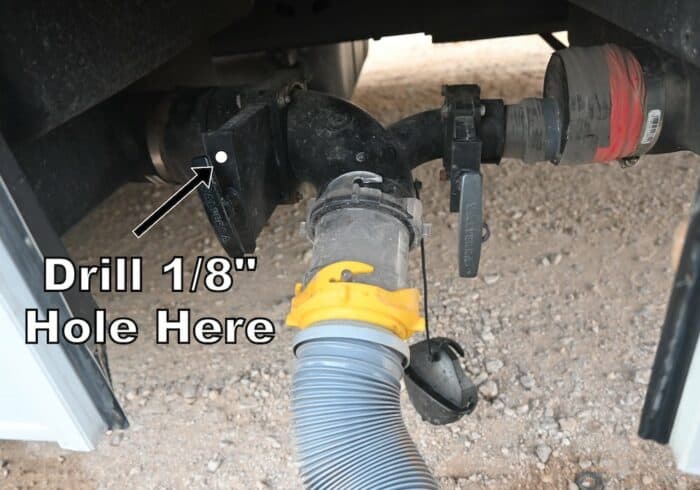
Credit: thecampingnerd.com
When To Seek Professional Help
Dealing with a stubborn RV gray water valve can be frustrating. Sometimes, the problem might be beyond a simple DIY fix. Knowing when to seek professional help can save you time and money. This section will guide you on when to call in the experts.
Signs Of Severe Damage
Recognizing severe damage early can prevent bigger issues. If the valve is stuck and won’t budge, it might be damaged. You might also notice water leaking even when the valve is closed. This is a strong sign of a broken seal. If you hear unusual noises when trying to open the valve, it’s best to stop and seek help.
Finding A Reliable Technician
Finding the right technician ensures your problem gets fixed properly. Look for technicians with good reviews and proper certifications. Ask for recommendations from fellow RV owners. Check if the technician has experience with your RV model. This ensures they know what they are dealing with. Verify their pricing before agreeing to any repairs. This helps avoid unexpected costs.
Frequently Asked Questions
Why Is My Rv Gray Water Valve Hard To Open?
Over time, debris and buildup can cause the valve to stick. Regular cleaning and maintenance can prevent this issue.
How Can I Lubricate My Rv Gray Water Valve?
Use a silicone-based lubricant. Apply it to the valve’s moving parts to ensure smooth operation.
What Tools Are Needed To Fix A Stuck Valve?
You’ll need a wrench, lubricant, and possibly replacement parts. These tools will help you repair the valve efficiently.
How Often Should I Clean The Gray Water Valve?
Clean the valve every few months. Regular maintenance helps prevent buildup and keeps the valve functioning properly.
Conclusion
Dealing with a hard-to-open RV gray water valve can be frustrating. Regular maintenance helps keep it functioning smoothly. Lubricate the valve frequently to avoid stiffness. Check for any debris that might cause blockages. Consider replacing an old valve if it remains difficult to open.
A smooth-operating valve ensures a pleasant RV experience. Keep these tips in mind for stress-free travels. Enjoy your RV adventures with fewer hassles. Safe travels!


